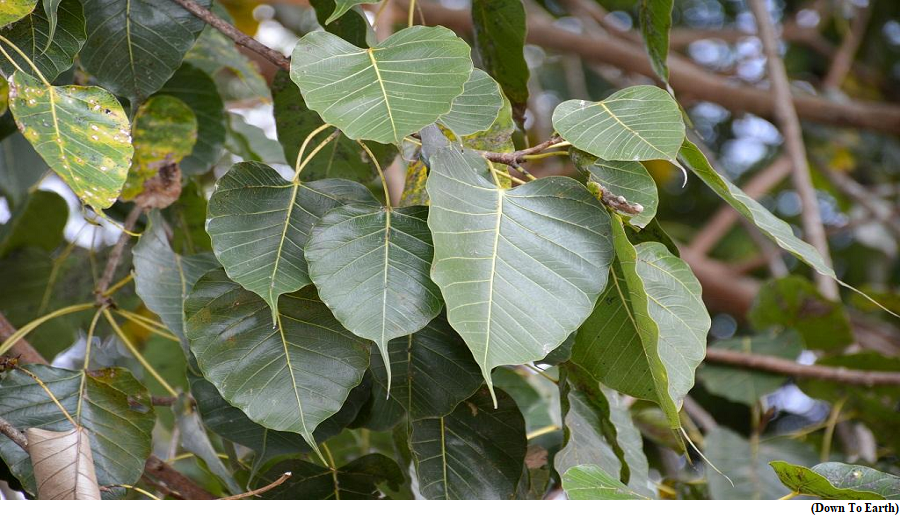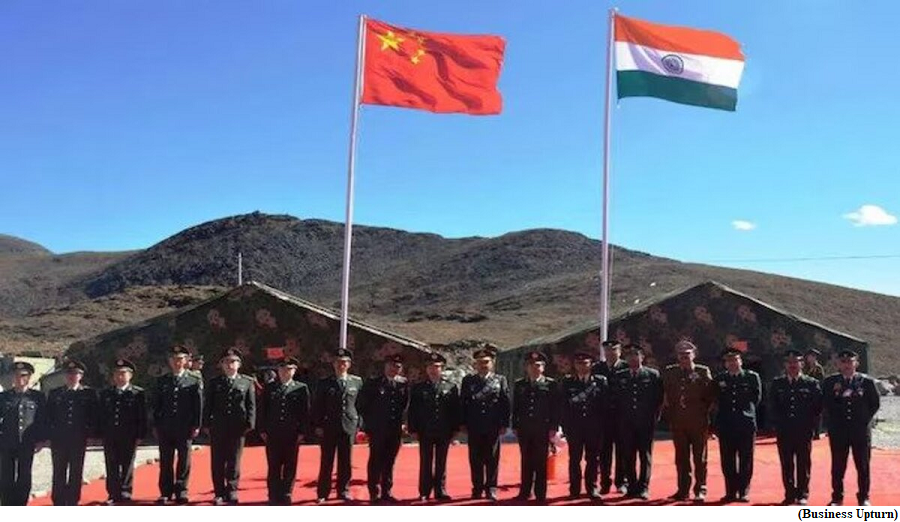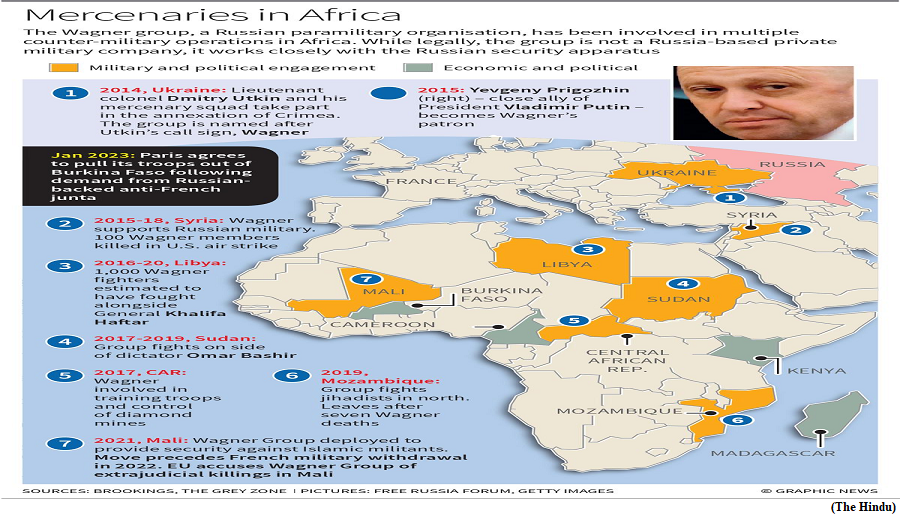Malaria set to be notifiable disease across India even as cases show a decline (GS Paper 2, Health)

Why in news?
- Malaria is all set to become a notifiable disease across India, with Bihar, Andaman and Nicobar Islands and Meghalaya too in the process of putting the vector-borne disease in the category.
- This will then require by law that cases be reported to government authorities. Currently, malaria is a notifiable disease in 33 States and Union Territories in India.
Malaria elimination:
- This is part of India’s vision to be malaria-free by 2027 and to eliminate the disease by 2030.
- The Health Ministry has also initiated a joint action plan with the Ministry of Tribal Affairs for malaria elimination in tribal areas.
Status in India:
- In India, malaria is not just a public health issue but also a social, economic, and political challenge that requires the cooperation of all stakeholders.
- India was the only high-burden, high-impact country in the Southeast Asia region to report a decline in malaria cases in 2020 as compared to 2019.
- India witnessed 85.1% decline in malaria cases and 83.36% decline in deaths during 2015-2022.
Real time monitoring:
- There is now availability of near-real time data monitoring through an integrated health information platform (HIP-Malaria Portal) and periodic regional review meetings to keep a check on malaria growth across India.
- The countries affected by malaria in this region should accelerate the reach of high-impact tools and strategies to prevent, detect and treat it.
Future roadmap:
- Intensified efforts must be made to reach at-risk and vulnerable populations with currently available strategies and tools. Globally, children in the poorest households are five times more likely to be infected with malaria.
- Malaria is also more prevalent among young children whose mothers have a lower level of education and live in rural areas.
- Reaching these populations with available malaria prevention, diagnosis and treatment is critical for achieving the global technical strategy for malaria 2016-2030 and Sustainable Development Goal targets and delivering on the promise of zero malaria for everyone, everywhere.
About Malaria:
- Malaria is a mosquito-borne infectious disease that affects humans and other animals.
- It is caused by the bite of the female Anopheles mosquito if the mosquito itself is infected with a malarial parasite.
- There are five kinds of malarial parasites out of which Plasmodium falciparum (parasite is responsible for 70% of cases in India), and Plasmodium vivax (globally, the commonest ones).
Trees, crops endemic to India can help combat air pollution: Study
(GS Paper 3, Environment)
Why in news?
- Certain trees and crops which are endemic to India can help lower the impact of air pollution by absorbing and filtering pollutants, according to a new study.

Details:
- Trees such as pipal, neem, mango and crops like maise, pigeon pea and safflower are best suited for areas with higher levels of air pollution.
- These trees exhibited the highest air pollution tolerance index (APTI) values during a study conducted in Patna, Bihar.
- APTI and anticipated performance index are tools used to assess the tolerance capacity of tree and crop species against air pollution.
Focus:
- Researchers from the Indian Council of Agricultural Research analysed crops and trees that are most common in the eastern region of India.
- They studied 19 tree and crop species from five different locations in Patna to assess the impact of air pollutants on the biochemical parameters.
Key Observations:
- Different trees and crop species responded differently towards air pollution. The level of ascorbic acid in plants determines their tolerance against the adverse effect of oxidising pollutants.
- Ascorbic acid levels were higher in peepal, followed by mango trees.
- Among cereals, ascorbic acid levels were found to be the highest in maize.
- In oilseeds, safflower and flax seeds had similar levels of ascorbic acid.
- Among pulses, the pigeon pea had the highest ascorbic acid content, followed by the Indian pea.
Recommendations:
- Patna city in the Indo-Gangetic belt is one of India’s most polluted cities. There is a need to focus more on mitigating air pollution and its remediation. One of the best remedies for this is urban forestry and agriculture.
- Most cities in the region recorded a rising trend in annual particulate matter (PM) 2.5 level in 2021.
- Bihar pollution control board’s action plan to control air pollution recommended the creation of a green belt in and around Patna and planting trees like neem, sheesham, peepal, keekar and gulmohar to make the air clean and healthy.
India, China hold ‘frank and in-depth’ talks
(GS Paper 2, International Relation)
Why in news?
- Recently, India and China held “frank and in-depth” talks on the two remaining friction areas on the Line of Actual Control (LAC).
- The 18th round of talks between senior military commanders since the start of the April 2020 LAC crisis, triggered by China’s multiple transgressions and mobilisation of troops, was held on the Chinese side of the Chushul-Moldo border meeting point.

No breakthrough yet:
- The statements suggested no breakthrough as yet on the two remaining friction points in Demchok and Depsang. Both sides have disengaged in four other areas along the LAC, setting up buffer zones in some of them.
- The 18th round of talks followed the first in-person meeting of the Working Mechanism for Consultation and Coordination on India-China Border Affairs (WMCC) since July 2019, which was held in Beijing in February.
- At the WMCC, both sides “reviewed the situation along the LAC” and said they “discussed proposals for disengagement in the remaining areas in an open and constructive manner, which would help in restoration of peace and tranquillity along the LAC in Western Sector and create conditions for restoration of normalcy in bilateral relations”.
Status of relations:
- India has maintained that disengagement, and subsequently de-escalation along the LAC which has seen tens of thousands of troops deployed in forward areas, are both critical to restoring ties.
- Relations have since 2020 been in a state of freeze, barring the record bilateral trade figures reported in 2021 and 2022 with India’s imports of Chinese goods reaching record highs, as well as the resumption of high-level visits on account of India’s hosting of the Shanghai Cooperation Organisation (SCO) and G-20 summits 2023.
Bilateral trade:
- While trade has boomed, India has, as the same time, all but curtailed the inflow of once surging Chinese investment.
- India has not yet given the green light for resuming direct flights between the two countries, first suspended because of the pandemic, and yet to restart after close to three years, while cross-border movement of business people and tourists has reduced to a trickle.
China’s stand:
- The China-India border issue is now gradually shifting from a conflict and a stand-off to a normalised management phase, and the situation on the border is expected to become steadier and calmer in the future.
- But the border issue remains complex, so it still requires both sides to further implement mechanisms at all levels and through different channels to meet each other halfway as much as possible, so as to find a fair and reasonable solution.
What’s next?
- China’s new Defence Minister, General Li Shangfu, will make his first visit to India, which is also the first high-level military visit since the LAC crisis began, for the SCO Defence Ministers’ meet.
The Wagner group’s actions in Africa
(GS Paper 2, International Relation)
Context:
- After fighting erupted in Sudan’s capital Khartoum on April 15, questions have been raised over the involvement of the Wagner group, which has been active in African countries for years.

What is the Wagner group?
- The Wagner group is a Russian paramilitary organisation headed by Yevgeny Prigozhin.
- Though it has been reportedly engaged in counter-militancy operations in Africa, its involvement is believed to have a more extensive scope covering political, economic and military fields.
- There have also been reports of the group supplying arms and weapons, and training regional forces in fighting jihadist threats.
- Despite its involvement in the Russia-Ukraine war, the Wagner group’s presence in Africa has continued. By siding with the domestic actors in a civil war situation, the group’s actions have impacted the democratic process in Africa.
How active is the Wagner group in Africa?
- The Wagner group has been active in Sudan, Mali, the Central African Republic, Mozambique and Libya in Africa.
- The activities are related to providing direct support to authoritarian governments, supporting rival leadership engaged in internal wars, filling the void created by the withdrawal of the French military engagement, taking part in resource exploitation etc.
- The Wagner group presents itself as a security provider to a few governments, mostly authoritarian ones in Africa. It has also been supporting rival leaders engaged in a civil war.
Engagement in Sudan:
- In Sudan, it began deployments during former President Omar al-Bashir’s rule in 2017. The group’s ties with Sudan aimed at guarding mineral resources, notably gold mines, and therefore, supported Bashir’s government against international opposition.
- It also played a direct role in suppressing the Sudanese uprising in 2019 that toppled Bashir’s regime.
- In Sudan, Russia has recently forged a strong relationship with the Rapid Support Forces (RSP) and its commander, General Mohamed Hamadan Dagalo. The latter is a rival leader fighting against the Sudanese army.
- However, there are, as of now, only speculations on Wagner’s involvement in the ongoing violence in Sudan. Besides, Russia is set to sign an agreement with Sudan to build a military base in Port Sudan on the Red Sea.
What is the group’s endgame in Africa?
- The primary goal of the group is to gain access to natural resources. Numerous reports have referred to Russia’s objectives in securing access to Africa’s rich natural resources. The Wagner group’s presence and moves make up one of the strategiesis to achieve this objective for the country.
- Secondly, Russia sees the Wagner group as an instrument of diplomacy in Africa. The Russian strategy in Africa comes with minimal cost economically but with heavy political returns.
- Russian secured 15 abstentions from African countries in the UN’s resolution condemning its aggression in Ukraine. Moreover, Eritrea and Mali sided with Russia voting against the resolution.
- And finally, Russia’s access to African mineral deposits is believed to be providing crucial financial support to continue the war in Ukraine. For Russia, strong ties with African countries mean a pipeline of influence for Russia’s war in Ukraine.
What are the implications for Africa?
- For African countries, increasing dependency on Wagner mercenaries implies more violence, intimidation and uncertainties.
- A UN report in June 2021 said that private military groups, “particularly the Wagner Group,” have violently harassed people and committed sexual violence.
- Secondly, the group posits a threat to democratic governance in Africa. The collapse of relations between the West and Sahel countries, especially Mali and Burkina Faso, paved the way for Russia to position itself as an alternative.
- Increasing trends among African governments seeking Russian mercenary assistance for mounting security concerns indicate increasing authoritarian footprints across the continent.





